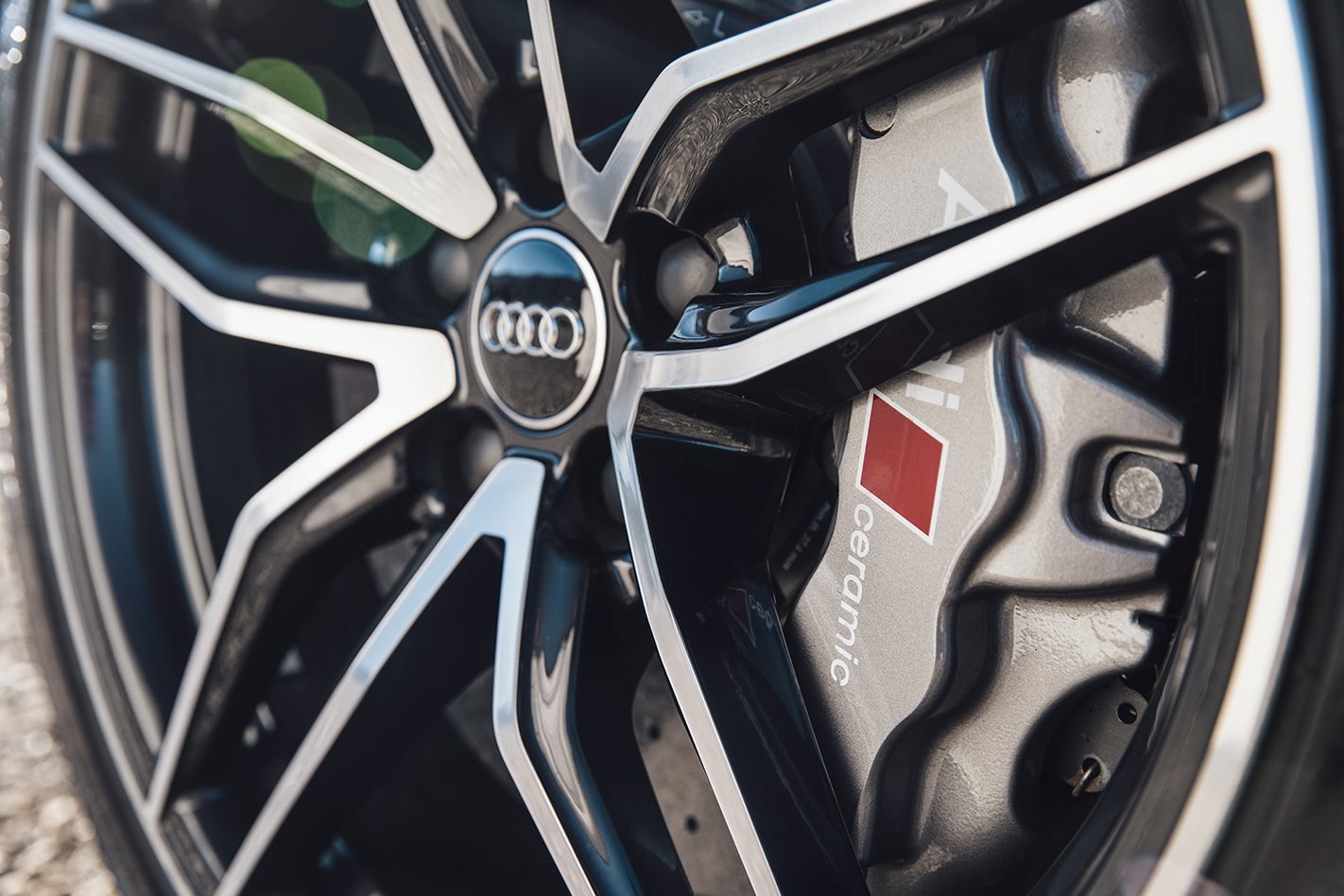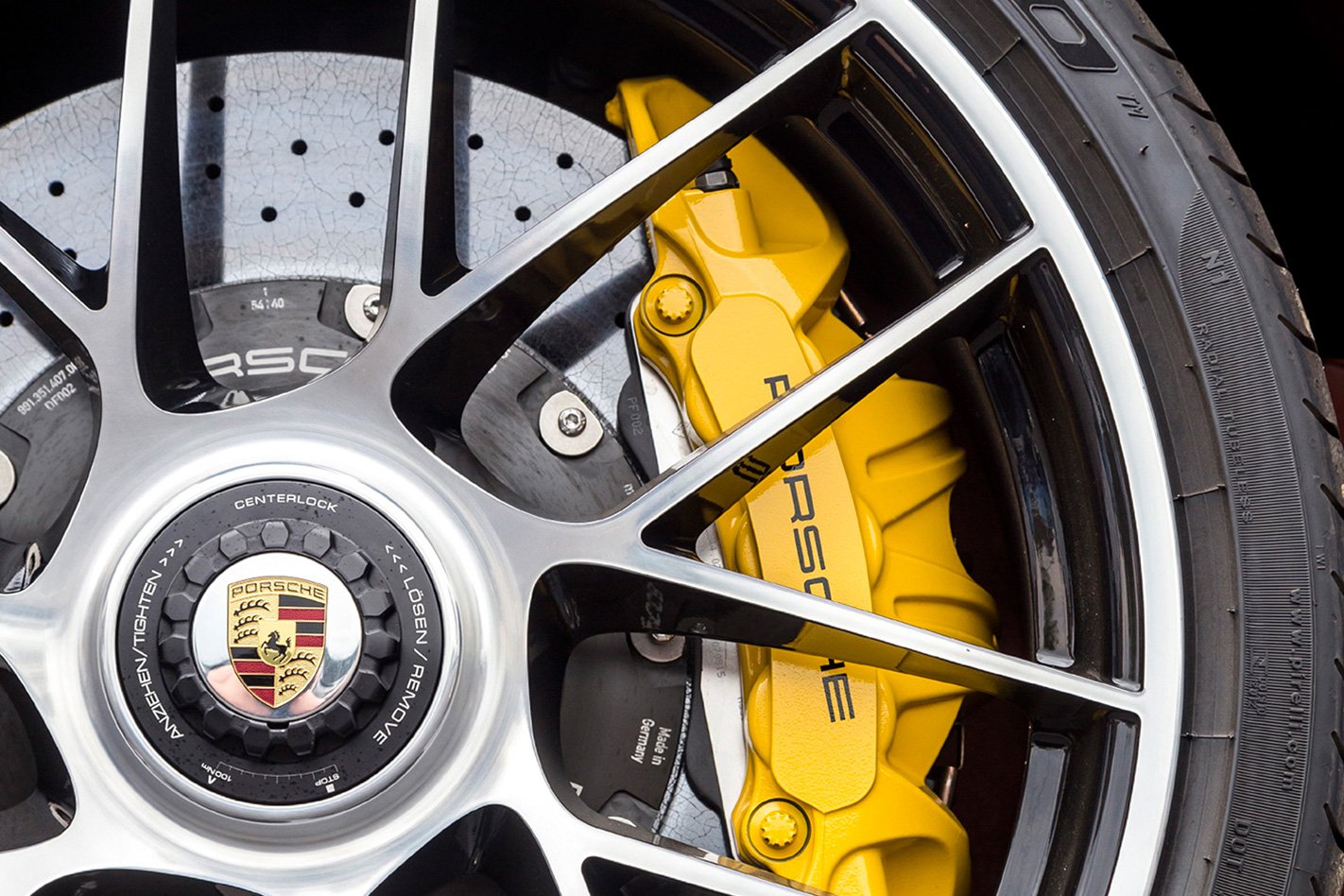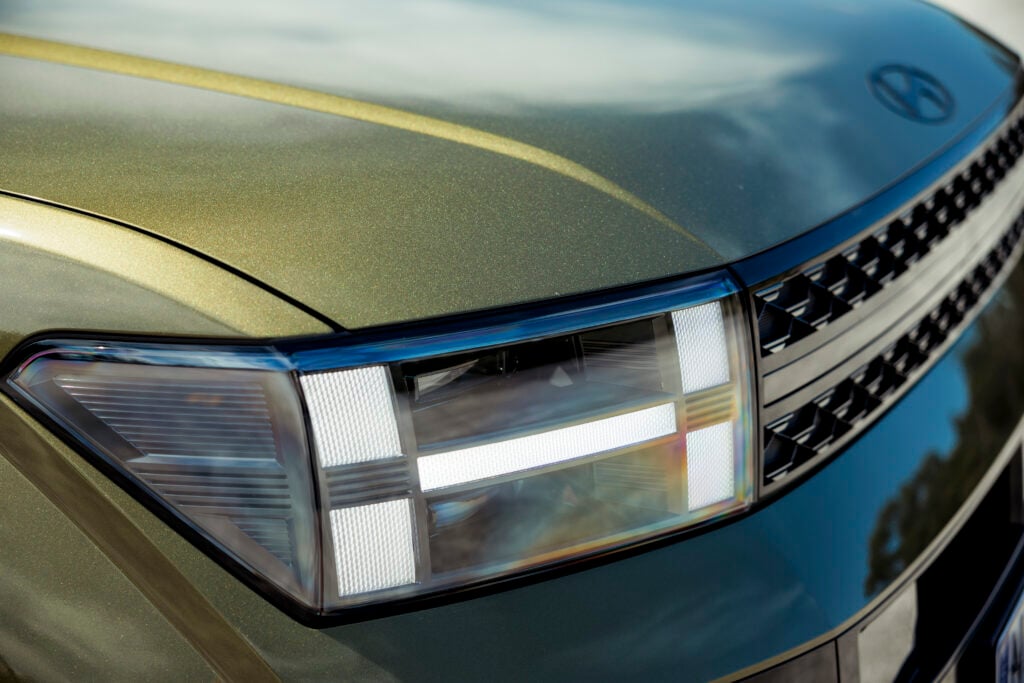
Stop! Before you tick that option box for carbon ceramic brakes, have you thought about whether you genuinely need them or not?
It’s worth consideration, even if the special braking system may seem a natural choice for your new performance car, because they can be an expensive outlay.
Carbon ceramic brakes first made an appearance on aircraft in the 1970s, moving into motorsport the following decade. They’re relatively newer to production cars, having first appeared in 2002 when brake specialist Brembo provided a set for the Ferrari Enzo supercar.
They’ve been standard equipment on all Ferraris since 2008, but typically require an additional cost on models from the likes of Audi, BMW, Mercedes and Porsche. Even the upcoming Alfa Romeo Giulia will sport carbon ceramic brakes as an option.
While conventional brakes are made of steel, these discs are formed from a mixture of powders, resins and fibres – and covered with a ceramic layer.

The high-performance material has numerous benefits. Durability is longer because that ceramic layer helps to dissipate the heat caused by friction as brake-caliper pads squeeze the discs to slow the vehicle.
Particularly crucial for track driving, it means the composite brakes are less likely to warp or fade – becoming less responsive to brake pedal applications – after multiple laps of fast driving. It ensures consistent performance and driver confidence, with the latter heightened even further with the brake system’s ability to reduce braking distances.
Another important bonus is reduced unsprung mass – the components, like the wheels, suspension uprights and brakes, which are not supported by the suspension. Carbon ceramic disc brakes are about half the weight of the equivalent size steel brakes, which can allow engineers to better tune the suspension for sharper handling and better ride comfort.
They’re also more resistant to corrosion from salt and water, though this is arguably a more significant factor for buyers living in countries with less hospitable seasons than Australia – such as the US or Europe, where winters can be harsh and roads periodically salted.
Carbon ceramic brakes, however, sometimes lack brake feel, owing to their preference to operate at higher temperatures. They can also be prone to squeaking, particularly at low speed and after a period of intensive use.
The main downside remains the aforementioned cost. Where a $18,000 option cost on a $430,000-plus Lamborghini Huracan isn’t going to raise an eyebrow, Porsche charges $17,990 for a set on a $110,000 Cayman – about 16 per cent of the car’s price.
They increase in price as you move up the Porsche range, with the PCCB (Porsche Ceramic Composite Brakes) system for a 911 Turbo costing $21,990.
BMW asks about $15,000 for carbon ceramic brakes on its $149,615 M4, for example, while Mercedes-AMG’s $155,615 C63 asks about $10,000 extra for its superior stoppers.
The more advanced construction materials and more complex manufacturing process contribute to the higher price of carbon ceramic brakes. Whether that cost can be justified is going to be a personal choice based mostly on your driving habits and your available budget.
And if you’re planning to take your sports/performance car to track days, certainly don’t let us stop you from making a sound investment.




